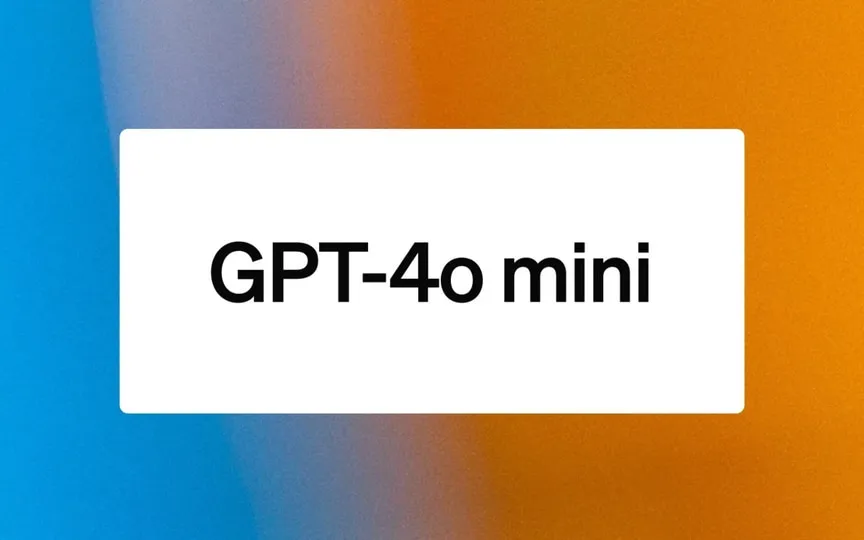OpenAI introduces GPT-4o Mini, a cost-effective model for developers – Exploring its differences from larger models
OpenAI has introduced the GPT 4o mini, targeting the affordable small model market. Unlike its predecessors GPT 3.5 and GPT 4o, this new model is smaller and lighter but boasts greater capabilities, as claimed by OpenAI. The aim is to address cost concerns for developers using AI models and make app development more accessible with the GPT 4o.
OpenAI GPT 4o: What’s new
Recently, we’ve seen how popular some other lighter models have become, including the Google Gemini 1.5 Flash, due to their cost-saving features. Here, GPT 4o brings more of the same. OpenAI calls it its “most cost-effective small model” and claims that GPT 4o achieves 82% in MMLU and even outperforms GPT 4 in chat settings in the LMSYS leaderboard.
As for the cost, it costs 15 cents per million tokens and 60 cents per million output tokens. Additionally, it supports text and vision in the API, and will support text, image, video, and audio inputs in the near future.
Simply put, even though it’s a lighter model, it’s strong and can even outperform some heavier models in certain categories. For this reason, it is set to replace GPT 3.5 Turbo onwards.
GPT 4o: How does it differ from larger models?
Unlike larger models such as GPT 4o or GPT-4, smaller models require much less computing power, making them cost-effective and easily scalable. The biggest advantage of this approach is that smaller developers who don’t necessarily have a lot of capital to work with can take advantage of generative AI to develop apps.
That said, the scale varies. More ambitious models such as the GPT 4 and Gemini Ultra generally perform better due to their superior text and question answering capabilities. The primary difference is in the number of characters trained in the model.
GPT 4o Mini is available now for ChatGPT Free, Plus and Team users, and will expand to business users next week.




